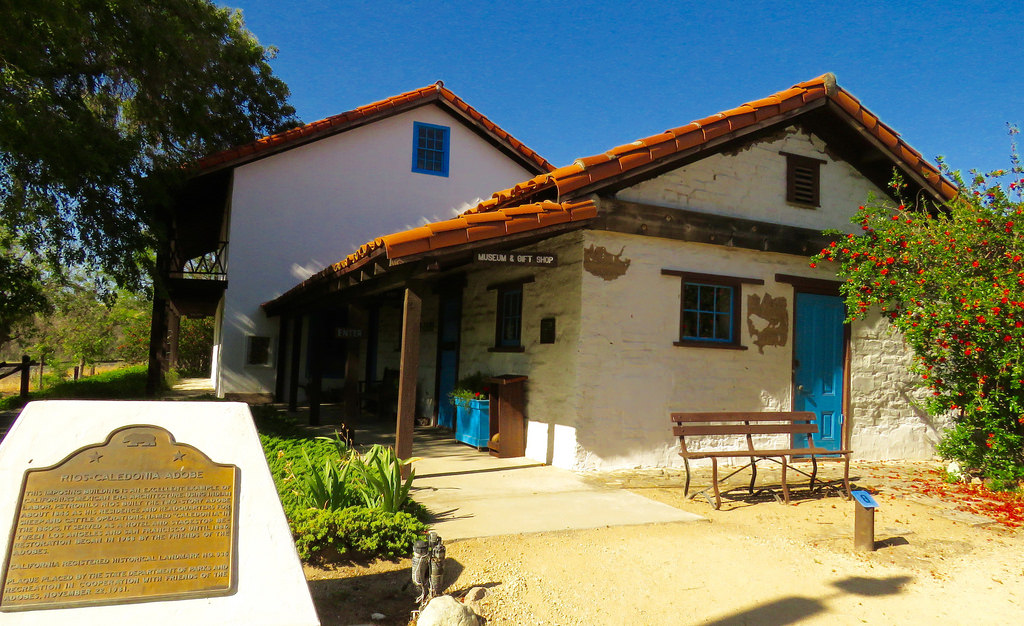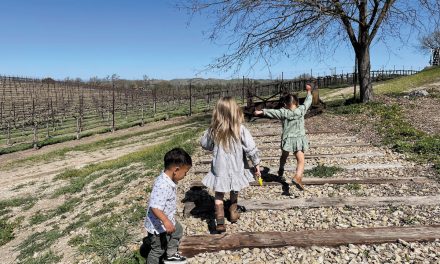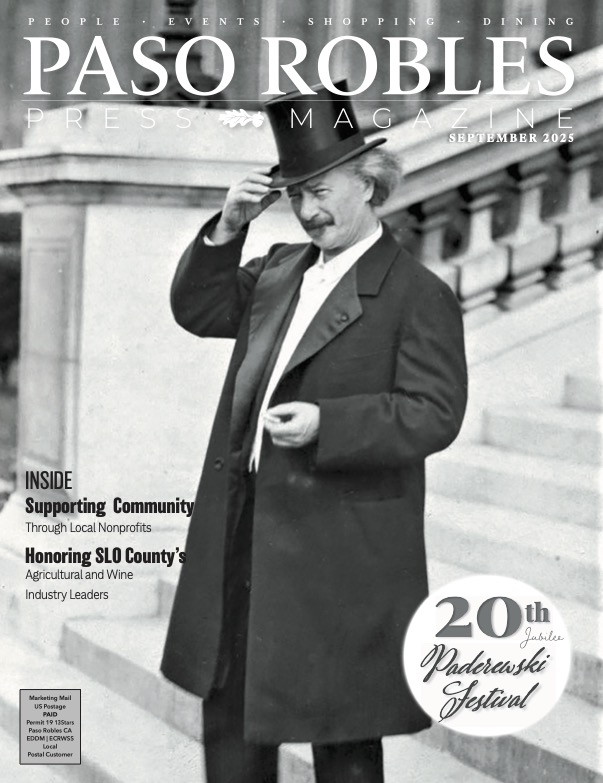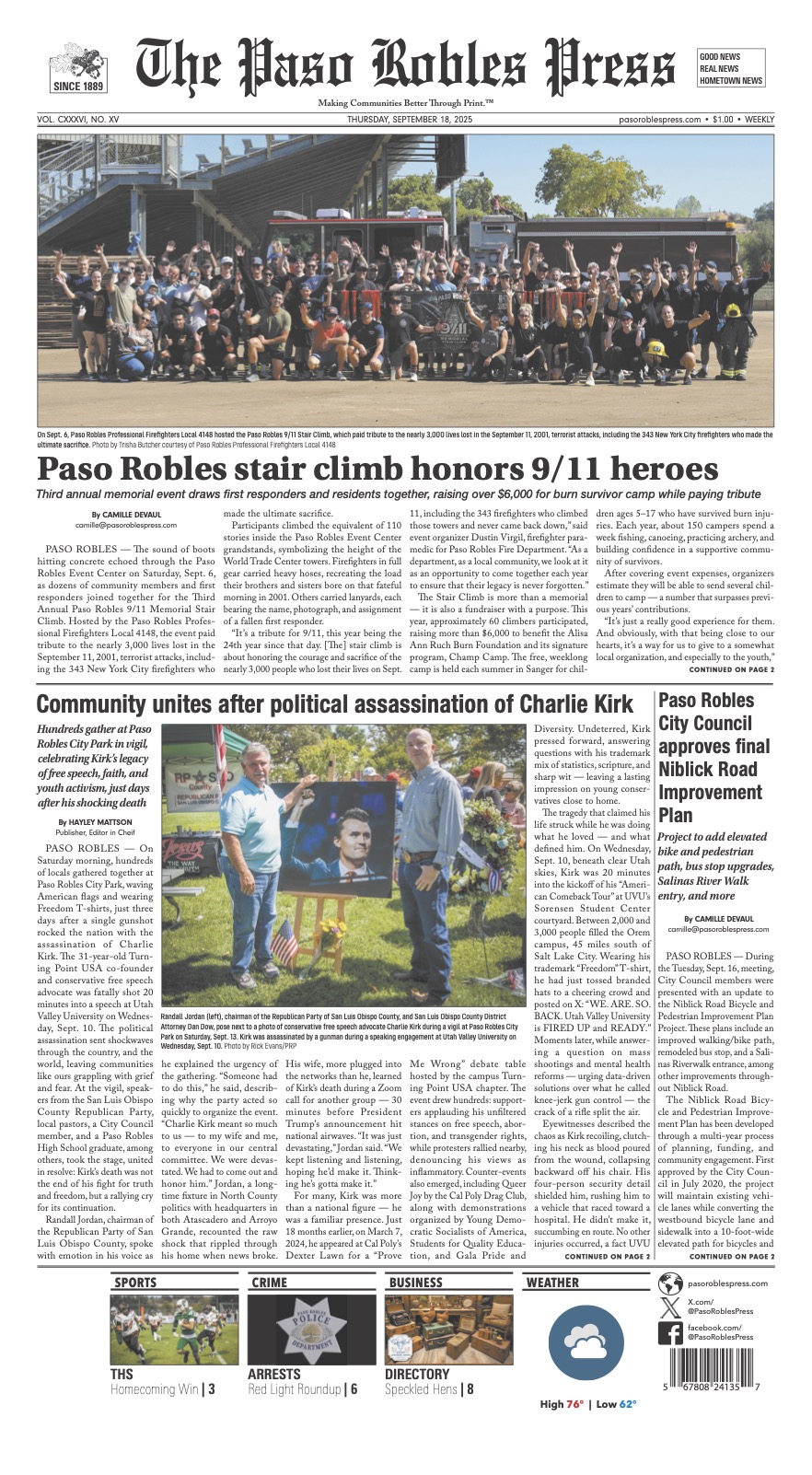By Lynne Schmitz
Guest Contributor
The Historic Rios-Caledonia Adobe in San Miguel has been updated. A new exhibit focuses on the history and lives of the Salinan Indian People. Steve Kalar and Laverne Buckman enlisted the help and information of Tribal elders, and it is enhanced by Steve’s beautiful artwork. The Salinan People have lived in this area for at least 10,000 years.
Their language, Hokan, is believed to be one of the oldest in California. The People lived a gentle, structured life in family villages. They were peaceable and believed in a creator, living the golden rule long before Christianity came into their lives. They were intelligent and resourceful. Weapons were only used for hunting. As hunter-gatherers, they had a good working knowledge of plants and animals and ate a varied, healthy diet.
They fished the rivers and the ocean. Acorns were a staple, ground into flour. Tightly woven and waterproofed baskets were used to cook on hot rocks. Medicinal plants were known and used when needed. The People traveled back and forth between inland and the ocean, and intermingled with neighboring peoples – including the Chumash, the Yokuts, and Tulares. They followed the seasons and managed their environment.
Then, with the advent of the Spanish missionaries, their lives changed drastically. The missionaries gave them the name Salinan and divided their language into three dialects — Antoniano, at Mission San Antonio, Miguleno near Mission San Miguel, and Playano, on the coast. Similarities in the dialects made it easy for everyone to understand each other.
But the missionaries wanted them to give up their customs and beliefs, learn to speak Spanish and not their own language, learning a new way of life. They were taught to farm instead of living off the land. They were moved from their villages into mission rooms, families were broken up, and young single men and women were required to live in separate quarters. They were no longer free to roam their lands at will. They were taught to worship the way they were told and to work very hard in harsh conditions. Some soldiers who came with the missionaries were very harsh and brought diseases that decimated the People.
In 1834 Mexico succeeded Spain and secularized the missions. Everything changed again. Missions were abandoned. The People had to try to live off the land, but the lands had been sold and taken over by others. Some found work on the rancheros as domestics and vaqueros. The survivors endured and even thrived through many years of changes to their culture. Today, they live in the lands of their ancestors.
They still hunt, fish, and gather traditional materials along with modern ways of life. The Salinans formed an educational nonprofit to educate people of the Central Coast and the world about the importance of protecting and preserving this special place for generations to come.
The museum is open on Fridays, Saturdays, and Sundays from noon to 3 p.m. at 700 Mission Street in San Miguel. The History Library is open during Friday hours. Help is always welcome and appreciated.
PASO ROBLES PRESS MAGAZINE
Copies of Paso Robles Press Magazine are directly delivered to 23,000 readers in zip codes 93446, 93451, and 93465 and 2,000 dropped with support from advertisers and subscribers. Together, we are Making Communities Better Through Print.™
To subscribe or advertise, click here.












